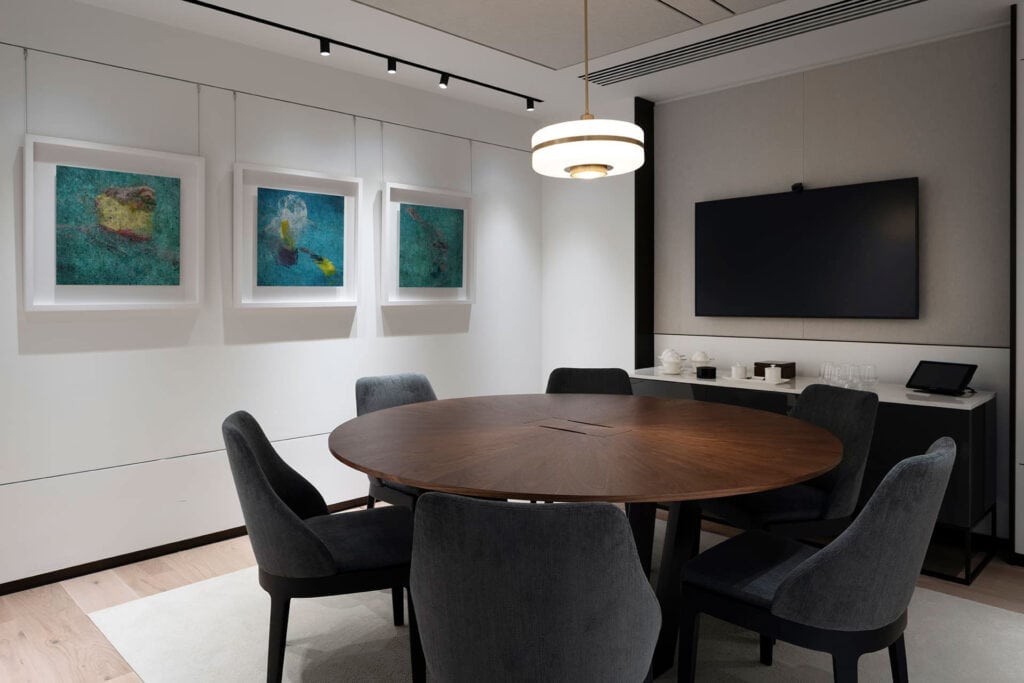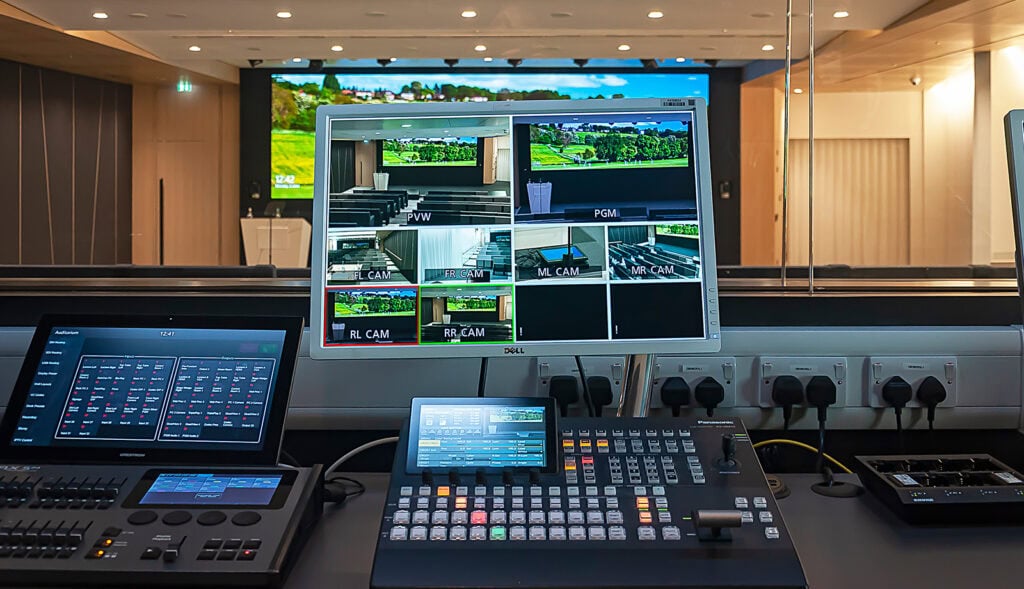The Future of AV in the Office: Advancements Transforming Workspaces in 2024
As we navigate through 2024, audiovisual technology is playing an increasingly pivotal role in transforming office environments. The integration of cutting-edge AV solutions is redefining how businesses operate, collaborate, and communicate. From seamless video conferencing to immersive virtual reality experiences, the advancements in AV technology are creating more dynamic, efficient, and engaging workspaces.
1. Seamless Video Conferencing Solutions
High-Definition and Low-Latency Video
The evolution of video conferencing has been remarkable, with 2024 bringing even more sophisticated solutions. High-definition (HD) and 4K video quality are now standard, ensuring crystal-clear communication. Innovations in low-latency technology mean that delays and interruptions are a thing of the past, allowing for more natural and fluid interactions during virtual meetings.
AI-Powered Enhancements
Artificial intelligence (AI) is enhancing video conferencing in several ways. AI-powered cameras can automatically adjust focus, lighting, and framing based on the number of participants and their positions. Facial recognition and real-time translation features are also becoming common, breaking down language barriers and fostering inclusivity in global teams.

2. Immersive Virtual and Augmented Reality
Virtual Reality for Remote Collaboration
Virtual reality (VR) is no longer just for gaming; it has made significant inroads into the corporate world. VR platforms are providing immersive environments where remote teams can collaborate as if they were in the same physical space. These virtual offices offer interactive whiteboards, 3D modelling tools, and other collaborative features that enhance creativity and productivity.
Augmented Reality for Enhanced Presentations
Augmented reality (AR) is transforming presentations and training sessions. AR can overlay digital information onto the physical world, providing a more engaging and informative experience. For instance, during a presentation, AR can project 3D models, interactive charts, and real-time data visualizations, making the content more compelling and easier to understand.
3. Smart Meeting Rooms
Automated and Voice-Controlled Systems
Smart meeting rooms equipped with Internet of Things (IoT) devices are becoming the norm. These rooms can automatically adjust lighting, temperature, and sound based on the number of occupants and their preferences. Voice-controlled assistants can manage meeting schedules, start or end meetings, and control AV equipment, making the entire experience more streamlined and user-friendly.
Integrated Collaboration Tools
Collaboration tools are now deeply integrated into meeting room setups. Interactive displays, digital whiteboards, and unified communication platforms allow for seamless sharing and editing of documents in real-time. These tools enhance teamwork and ensure that everyone is on the same page, whether they are in the office or working remotely.

4. Advanced Audio Systems
Spatial Audio for Realistic Sound
Spatial audio technology is revolutionizing the audio experience in offices. It creates a 3D sound environment, making it easier to distinguish between different speakers and sounds during meetings. This technology enhances comprehension and reduces listening fatigue, especially in long virtual meetings.
Noise-Cancelling and Acoustic Optimization
Noise-cancelling technologies and acoustic optimization solutions are critical in creating a conducive work environment. Modern office designs incorporate sound-absorbing materials and intelligent noise-cancelling systems to minimize distractions and ensure clear communication.
5. Enhanced Security and Privacy
Encrypted Communication
With the increase in remote work and virtual meetings, security and privacy are paramount. AV systems now come with advanced encryption protocols to protect sensitive information. End-to-end encryption ensures that communications remain secure from potential eavesdropping or cyber threats.
Biometric Authentication
Biometric authentication is becoming a standard feature in AV technology. Facial recognition, fingerprint scanning, and voice recognition add an extra layer of security, ensuring that only authorized individuals can access certain AV systems and sensitive information.
Conclusion
At Blend Technology Consultants, we understand these emerging trends and have the expertise to design and implement cutting-edge AV solutions. With our experience in delivering high-end, bespoke projects across sectors like hospitality and corporate offices, we position ourselves as the “go-to” company for clients seeking innovative, reliable, and future-proof AV consultancy services. Our approach to integrating technology seamlessly into office environments ensures that businesses stay ahead of the curve in this rapidly changing landscape.



